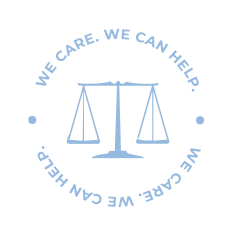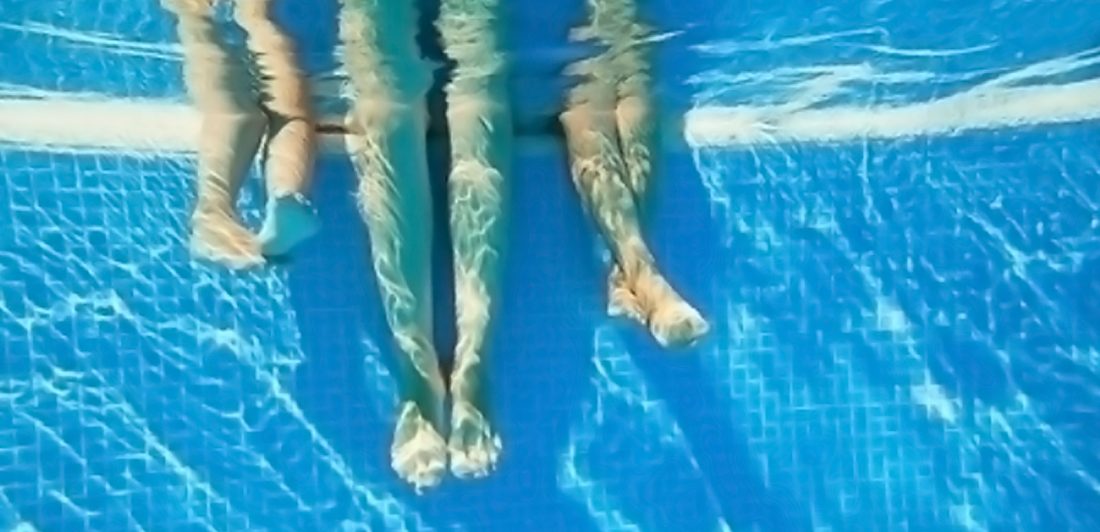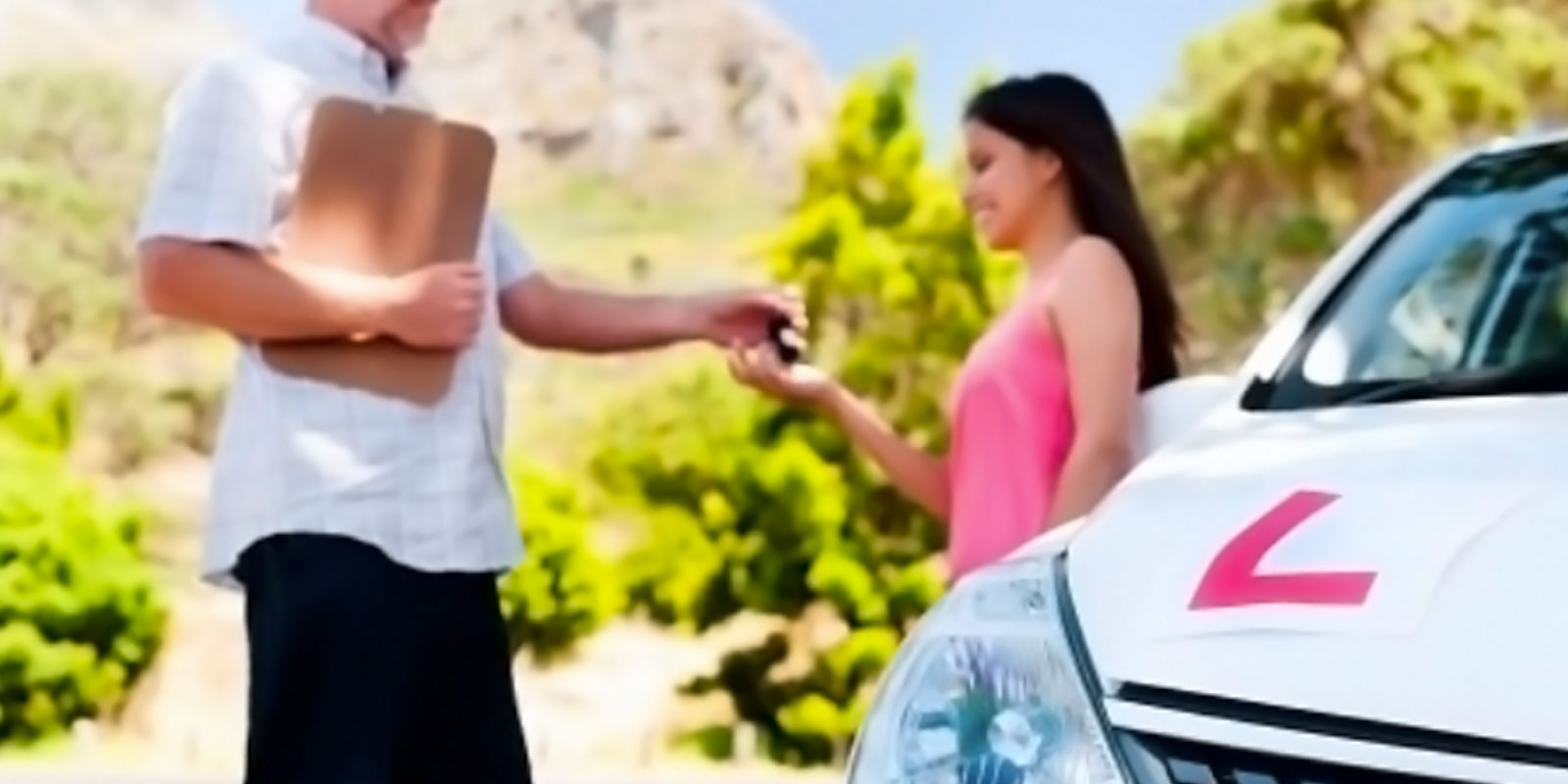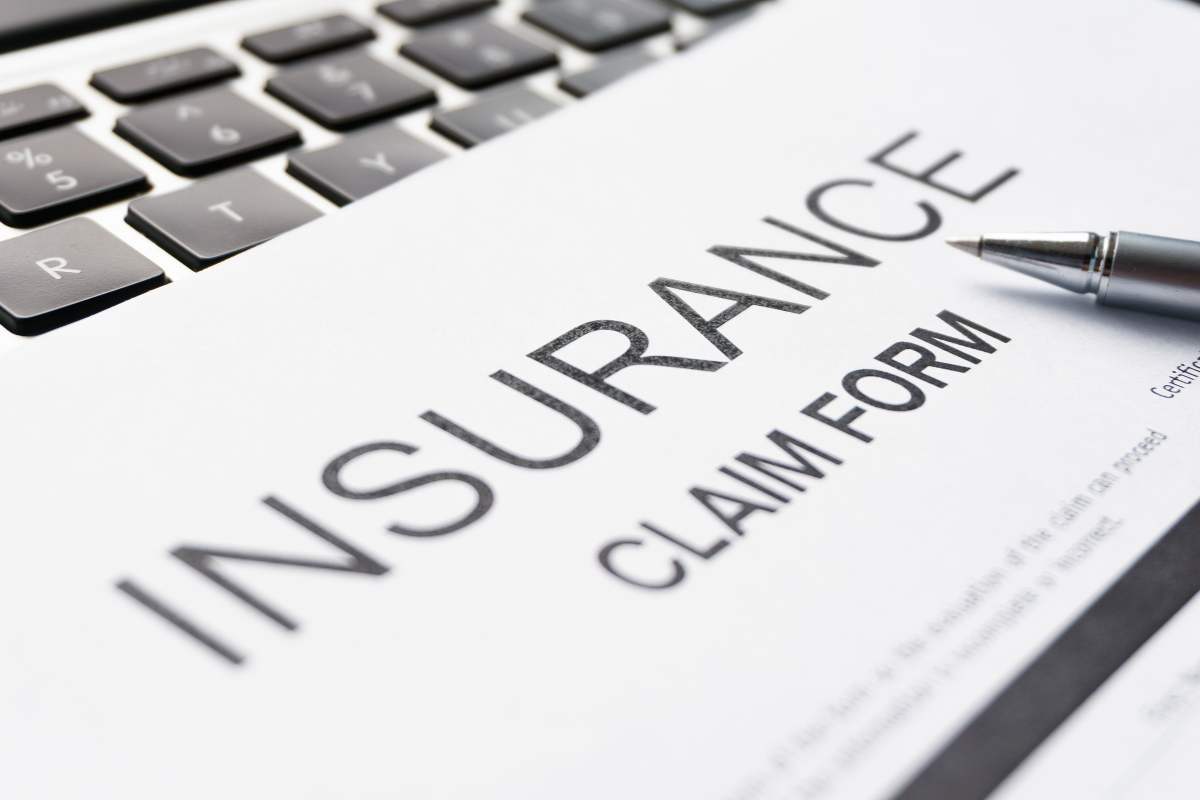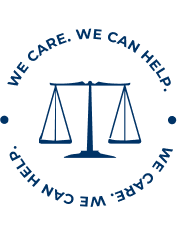Summer is heating up, which means families across the nation will be headed to the pool to chill out. But before you jump in the water to cool off, it’s important to practice swimming safety.
According to the Centers for Disease Control and Prevention (CDC), there are about 4,000 fatal drownings every year in the United States. That’s an average of 11 drownings per day. Because of these tragic numbers, it is important that parents and guardians remain vigilant in water safety.
Drowning Risk in Children 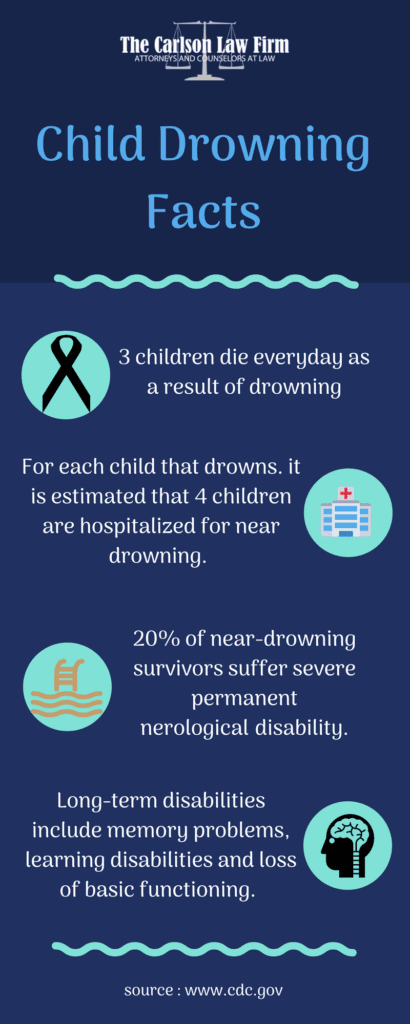
As the temperature rises, so too, do child drownings. Among preventable injuries, drowning is the leading cause of death for children 1 – 4 years old.
Never leave a newborn infant, toddler or child under the age of 8 alone without adult supervision while in or near pools, hot tubs, or any open bodies of water—not even for a second. Just because your child fits the average age requirement does not mean it’s safe to leave them unattended near a pool or body of water. Generally, children should be at least 15 centimeters taller than the shallow end of the pool. Additionally, swimming lessons, though important, can give parents a false sense of security.
It is helpful to practice “touch supervision” with children of this age. This means that as the supervising adult, you should always be within arm’s length of the child. In addition, the child that is in or near the water should have your full attention. It’s also best that supervising adults avoid distractions such as cell phone use during this time.
Swimming Safety Tips
According to the Consumer Product Safety Commission (CPSC), 350 children die every summer from backyard swimming pool accidents. The majority of these deaths occur in June, July, and August. In an effort to put an end to these tragedies, adults should remember the following swimming safety tips:
- Secure your pool with appropriate barriers. By completely surrounding your pool with 4-½ feet high fence or barrier with a self-closing, self-latching gate, you are protecting your child or other children from entering the area without proper supervision.
- Place a safety cover on the pool or hot tub when not in use and remove any ladders or steps used for access when the pool is not in use.
- Consider installing a pool alarm that goes off if anyone enters the pool.
- Keep children under active supervision at all times. Stay in arm’s reach of young kids.
- Designate a responsible person to watch the water when people are in the pool—never allow anyone to swim alone.
- Have young or inexperienced swimmers wear a U.S. Coast Guard-approved life jacket.
- Check the water depth. Diving in shallow water can lead to serious injuries.
- Never leave the pool cover partially on when kids are swimming because they might become trapped under it.
- If you cannot find your child, check the water first. Those few seconds may be enough to prevent death or disability.
- Never allow your child to run near pools.
Know the Signs of Dry Drowning
Dry drowning, also referred to as delayed drowning or post-immersion syndrome, is an unfortunate instance when a person or child dies more than 24 hours after swallowing or inhaling water.
Symptoms of dry drowning include:
- Chest pain
- Irritability
- Change in behavior or unusual behavior
- Low energy
- Sleepiness
If your child presents dry drowning symptoms after a swimming incident, call 9-1-1 immediately.
Steps to Take in a Drowning Emergency
If a child drowning emergency were to happen, it is important to be prepared. As a parent or childcare provider, you should learn proper CPR techniques and keep rescue equipment by the pool. Below are steps to take if a child is in a drowning emergency:
- Get the child out of the water immediately. Check to see if the child can breathe on their own. If not, promptly begin CPR.
- If someone else is present, have them call 9-1-1. Don’t go looking for someone; every second is critical in this situation.
- Concentrate on giving the child rescue breathing and CPR until he or she is breathing on their own. It is likely that they will vomit the swallowed water during CPR.
- Once the child has resumed breathing, stop CPR and call for emergency help. The paramedics will administer oxygen and continue CPR if they feel it necessary when they arrive.
Recovery from a Child’s Non-Fatal Drowning
Anytime a child has stopped breathing, inhaled water, or lost consciousness in a non-fatal drowning incident, they should receive a complete medical examination. Even if the child seems fine, he or she should remain under medical observation for a minimum of 24 hours to ensure there is no damage to the respiratory or nervous system.
The amount of time that a child is oxygen-deprived in a near-drowning incident will greatly affect their recovery. For example, if the child was only underwater briefly, he or she is likely to recover completely. On the other hand, being underwater for a long period without oxygen can cause a great amount of damage to the lungs, heart, and brain. If the child is not quickly responding to CPR, this may be an indication that there will be a serious problem. It is important not to give up during your CPR attempts. Keep performing CPR until medical assistance arrives.
How The Carlson Law Firm Can Help
If you have lost a loved one in a drowning accident, whether it occurred at a public swimming pool due to a negligent lifeguard or at a neighbor’s home who had their pool poorly secured, it is important to contact a Child Injury Lawyer at The Carlson Law Firm to assist you with your legal case.
If safety standards have been improperly followed, others may be at risk. The legal action that you take could bring about change and save future lives. The claim for damages, when successful, can also provide your family with the ability to move forward without financial stress and to pay for the costs associated with the loss of a family member.
